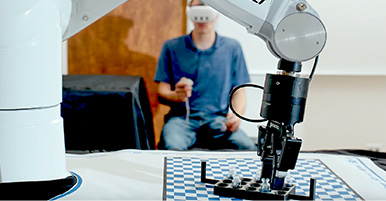Citation
Isaacs, E.; Domico, K.; Ahern, S.; Bart, E.; Singhal, M. Footprints: A visual search tool that supports discovery and coverage tracking . IEEE Visual Analytics Science and Technology (VAST).; Paris, France. Date of Talk: 11/9/2014
Abstract
Searching a large document collection to learn about a broad subject involves the iterative process of figuring out what to ask, filtering the results, identifying useful documents, and deciding when one has covered enough material to stop searching. We are calling this activity discoverage, discovery of relevant material and tracking coverage of that material. We built a visual analytic tool called Footprints that uses multiple coordinated visualizations to help users navigate through the discoverage process. To support discovery, Footprints displays topics extracted from documents that provide an overview of the search space and are used to construct searches visuospatially. Footprints allows users to triage their search results by assigning a status to each document (To Read, Read, Useful), and those status markings are shown on interactive histograms depicting the users coverage through the documents across dates, sources, and topics. Coverage histograms help users notice biases in their search and fill any gaps in their analytic process. To create Footprints, we used a highly iterative, user-centered approach in which we conducted many evaluations during both the design and implementation stages and continually modified the design in response to feedback.


